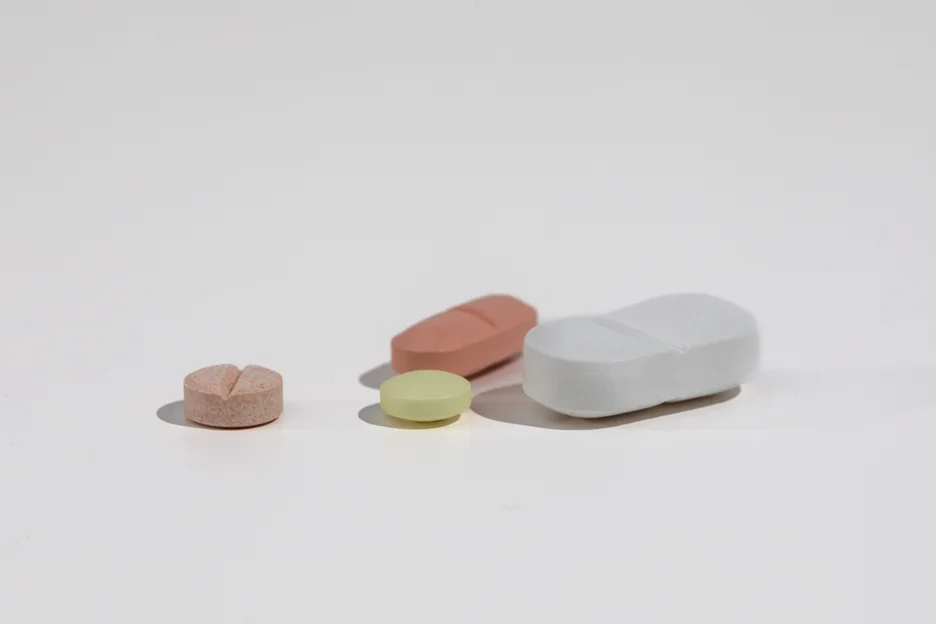What Are Cravings
 Posted On
Posted On
Cravings are often thought to indicate nutrient deficiencies, but scientific research challenges this idea. While there are exceptions like Pica, where non-food item cravings indicate mineral deficiencies, most cravings don’t directly signal nutritional needs. Instead, cravings are influenced by a mix of psychological, social, cultural, and environmental factors. For example, American women commonly crave chocolate, while Japanese women often prefer sushi.
These cravings are not necessarily tied to nutritional needs but are likely influenced by the brain’s release of “feel-good” neurotransmitters like serotonin after consuming sweets.
Understanding cravings involves exploring how the body regulates hunger, involving hormones and neurotransmitters that control appetite. Hunger can be triggered by factors like insulin-induced blood sugar drops and ghrelin, known as the hunger hormone. Leptin, a hormone from fat cells, signals fullness, countering hunger. Neurotransmitters also play a role; for instance, eating protein can increase levels of dopamine, known as the “reward neurotransmitter.” Similarly, consuming carbohydrates leads to increased serotonin, associated with well-being.
Pregnant women are a notable group experiencing unique cravings, often due to hormonal changes affecting their senses of smell and taste.
Additionally, cravings can be influenced by factors like food additives, nutrient absorption issues, dehydration, seasonal changes, stress, cultural background, gut microbiota, physical activity, certain medications, and even evolutionary factors.
While the exact causes of specific cravings can be complex, it’s evident that they are driven by more than just simple nutrient deficiencies.
Table of Contents
Cravings and Addictions
Cravings are a notable aspect of addiction, often persisting even after ceasing substance use. They can be triggered by various factors like people, places, emotions, or situations linked to past drug use.
Recognizing these triggers is crucial in preventing relapses. Cravings can be compared to an ocean wave: they start small, intensify, reach a peak, and eventually subside. The peak usually lasts only a few minutes, and resisting the urge to use during this time can gradually reduce the power of cravings, a process known as ‘extinction’ of craving.
Effectively managing cravings involves preparation and strategy. One approach is ‘urge surfing,’ where you visualize riding through the craving as it builds, peaks, and breaks. Alternatively, imagine the craving as a single loop on a roller coaster, enduring it until it passes.
4 D’s
The ‘4Ds’ strategy is also useful: Delay (postponing action upon a craving), Deep breathing (using controlled breathing to create mental space), Distract (engaging in alternative activities during the craving’s peak), and Decide (committing to recovery after the craving passes).
HALT
Daily stress impacts brain function, particularly the prefrontal cortex, which is responsible for concentration and judgment. This influence makes it more challenging to reflect and regulate behavior.
To mitigate this, the HALT method advises against letting oneself become too hungry, angry, lonely, or tired. Additionally, regularly employing emotional regulation techniques, participating in support groups, practicing mindfulness, and engaging in self-care can effectively reduce cravings by managing stress and difficult negative emotions.
Each successful resistance strengthens confidence and reinforces the ability to manage cravings. Establishing new, healthy habits in place of substance use can also be beneficial in overcoming cravings.
Craving as a psychological condition that significantly impacts behavior and well-being. It is characterized by a range of symptoms including disturbed eating habits, sleep issues, sexual dysfunction, and drug abuse. Cravings often lead to high-risk behaviors such as smoking, excessive alcohol consumption, and illicit drug use, including cocaine and heroin. These cravings are rooted in the brain’s limbic system and prefrontal cortex and are integral to understanding major depression, hopelessness, and quality of life issues, particularly in young adolescents.
Cravings can significantly influence decision-making processes, often distorting an individual’s perception and priorities. For instance, an individual with intense cravings may prioritize immediate relief over long-term goals.
Various triggers can induce cravings, such as exposure to environments associated with past drug use.
The likelihood and intensity of cravings are also influenced by the perceived availability of the craved substance; they can diminish when the substance is believed to be unobtainable.
The strength of cravings and their influence on behavior varies.
The elaborated intrusive theory of desire suggests that the more attention given to a rewarding stimulus, the stronger the craving. Cravings can sometimes become overwhelming, overshadowing self-control and other cognitive functions. Additionally, the “priming effect” indicates that even a small exposure to a previously addictive substance can reignite cravings.
Stress plays a crucial role in triggering cravings by impairing the prefrontal cortex, which is responsible for executive functions like planning and self-regulation. This impairment makes individuals more susceptible to impulses.
Programs like Alcoholics Anonymous emphasize the importance of avoiding situations that might trigger cravings, such as being overly hungry, angry, lonely, or tired, as part of relapse prevention strategies. Understanding and managing cravings are vital for effective treatment and recovery from addiction.
Craving / Stress and Food
Stress significantly influences cravings, particularly for sugary and high-fat foods. The hormonal changes induced by stress, particularly the increase in cortisol, enhance not only the appetite but also the desire for these specific types of foods. These cravings are often an attempt to mitigate stress, as these comfort foods can temporarily dampen stress responses and emotions. The interplay between stress, hormonal fluctuations, and the subsequent craving for comfort foods is a key factor in stress-related overeating. Additionally, stress can lead to habits that further feed into these cravings, such as less exercise, poor sleep, and increased alcohol use, all contributing to a cycle of craving and overeating.
Dealing With Cravings Using Mindfulness Techniques
Recent developments in understanding addiction through neuroscience have highlighted the potential of mindfulness meditation as a therapy for various addictive behaviors such as alcohol and drug misuse. Over the past decade, mindfulness-based interventions (MBIs) have shown promise in treating addictions, including those related to alcohol, smoking, opioids, and illicit substances like cocaine and heroin. Research suggests that MBIs can help reduce substance misuse and cravings by improving self-regulation and altering how we process rewards and emotions. This review underscores the need for further research to confirm the effectiveness of MBIs in addiction treatment and to understand how these methods work. Future studies should focus on optimizing MBI treatments, understanding the best ways to implement them, and determining the right balance between treatment duration and effectiveness, all while maintaining rigorous research standards.
Using the metaphor of a satellite navigation system (satnav), this approach illustrates how to manage cravings through mindfulness. Like a satnav that suggests directions, cravings are mere suggestions for our actions, not mandates.
The process begins with getting comfortable and focusing on your breathing, acknowledging the presence of a craving without judgment. Imagine the craving as a direction on the satnav; it’s merely advice, not a command.
By visualizing the craving and contemplating its real impact on your life, you assess whether following it will bring true happiness. This technique emphasizes the importance of making a conscious, balanced decision about whether to act on the craving, understanding that you have the control to choose your direction, much like deciding whether to follow the satnav’s suggestions.
Cravings are temporary, often peaking around five minutes, and “urge surfing” is an effective technique used in treating substance use. This method involves navigating through your thoughts, emotions, and cravings without giving in to them. Here are four steps to practice it:
- Recognize your craving
By saying, “I’m feeling the urge to ……” and specify what you crave.
- Observe the craving closely
Pay attention to your physical and emotional responses. Do you feel it in your body? Are you feeling restless, anxious, or repeatedly drawn to the trigger…?
- Accept the craving.
Instead of trying to suppress it, allow yourself to experience it fully.
- Monitor the craving’s journey.
Track how it intensifies and then decreases. For example, “I’m feeling the urge to
…… It began at a level 5, but now it’s at a 7.”
This mindfulness practice encourages flexibility and thoughtful consideration in responding to cravings, rather than automatically giving in to them. It also trains the mind to bring into attention the full process of the trigger, the emotion and finally the acceptance that it can be overcome. Overtime these things hold less power over you and you are better able to change the behaviour.


















